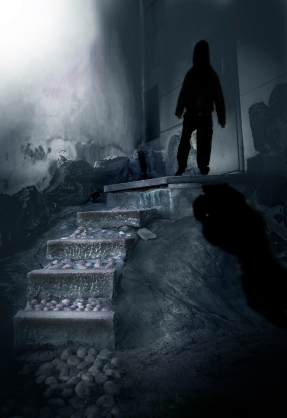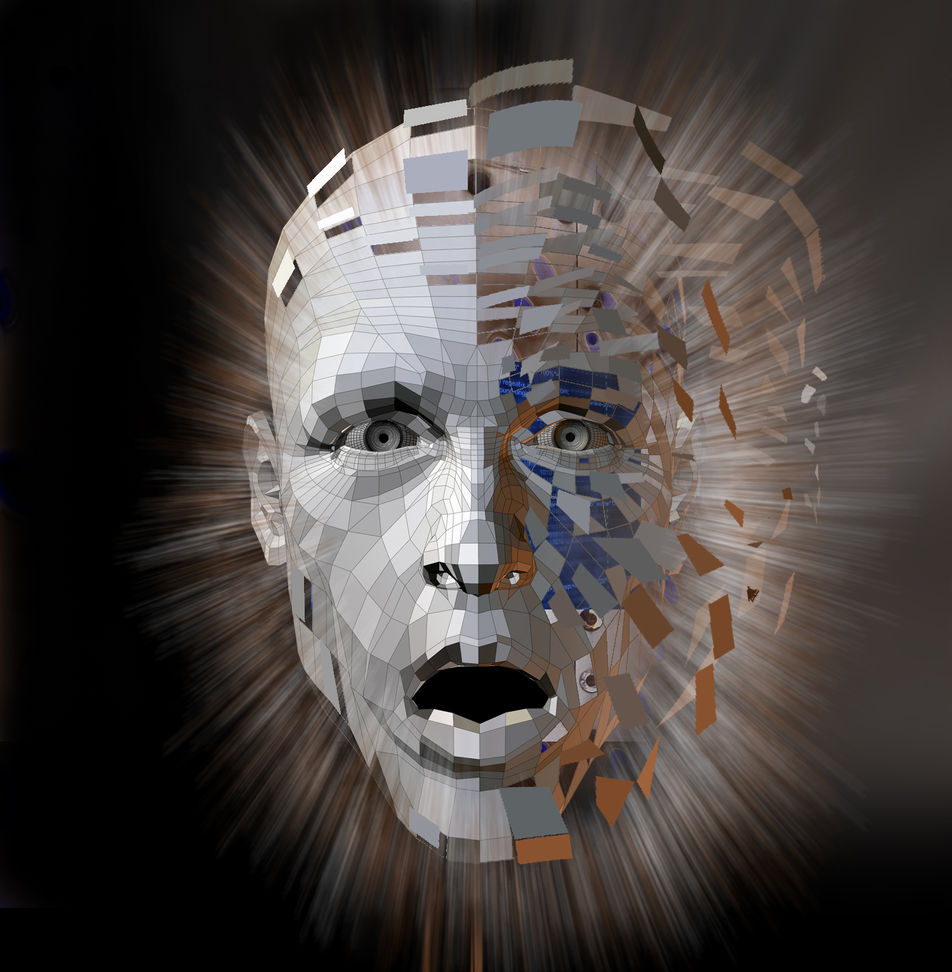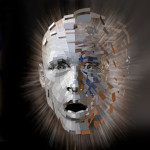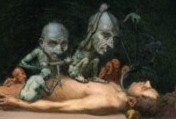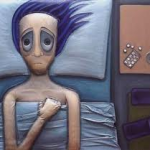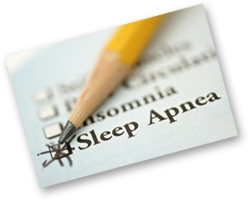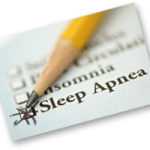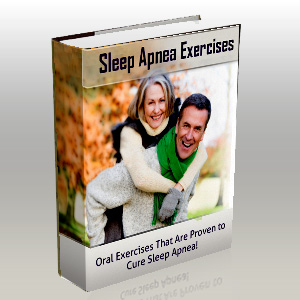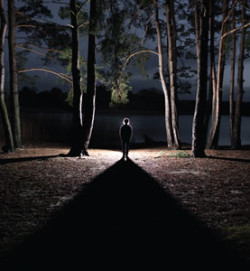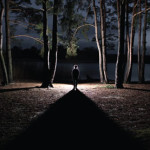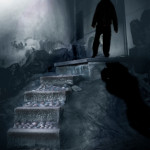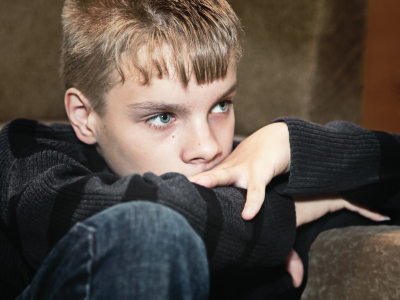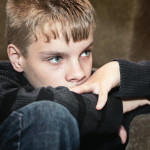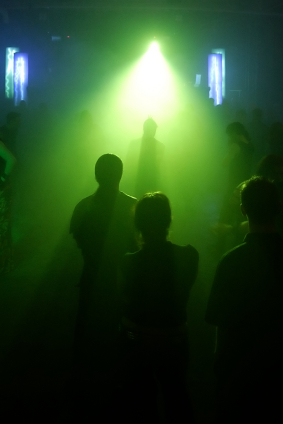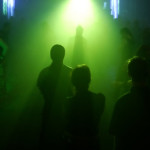We all have bad dreams from time to time. There is nothing wrong about that. However, when these occasional dreams transform into regular nightmares and you wake up in the middle of the night screaming for help, then there is a big problem that needs to be solved. This is a serious condition well known among doctors under the name of parasomnia.
What Actually is Parasomnia?
The term “parasomnia” refers to sleep-related disorders that occur while sleeping, such as nightmares, sleep walking, sleep aggression, sleep paralysis, REM sleep or sleepsex. Parasomnia is quite common nowadays, with more and more people experiencing the disturbing effects of this condition. Whether they are related to past traumas or have no logical cause, night terrors can wreak havoc in your life and can literally ruin your mornings. To learn more about parasomnia, access the following link: http://sleepfoundation.org/ask-the-expert/sleep-and-parasomnias
Some people believe that parasomnia is related to spiritual, even supernatural causes. This supposition might not be too far away from the reality. However, the good news is that you can actually control your nightmares and fight parasomnia. According to recent research, daytime emotions and nighttime terrors are strongly connected. This means you can end this nightmare today by using certain tips and techniques.
How to Fight Parasomnia – Concrete Steps
– Clinic help: one of the best ways to put an end to the terrors of the night is to seek specialized help. You can talk to a doctor and acknowledge your fears and symptoms in order to find a solution. The doctor can book you in for a sleep study. Once in the location, you enjoy 24/7 supervision and you are safe from parasomnia. In case those terrors of the night choose to pay you a visit, you can press a button and a nurse will come at your bed ASAP. Your sleep is monitored and the staff will be able to know if something bad has happened even before you realize it.
After a few weeks, you can view your sleep patterns as a graph. This helps you acknowledge your situation and prepares you for the fight that lies ahead of you.
– Drug treatment: another great way to fight parasomnia is to take trimiperamene and clonazepam. While the former is a powerful antidepressant that is used by worldwide doctors to sedate people who suffer from major psychotic disorders, the latter is a strong muscle relaxant medicine used in cases of panic attacks and epilepsy. Taking these pills just before sleeping can have a great positive impact on your sleep. Most of the people who have taken these drugs declared that they enjoyed sound sleep for months.
This drug treatment should only be taken under strict surveillance by a doctor. Every six months, your medication will be reviewed and the dose will be potentially cut if your condition has improved meanwhile.
– Put your worries to rest: try to clear your head of the daily hassles and to think clear just before you go to bed. Daily worries influence our sleep. People who tend to worry a lot usually sleep much worse than those who have either managed to control their emotions or have no worries in their lives.
– Control your dreams: another great method to overcome parasomnia and put an end to bad dreams is to learn how to control your dreams. As you fall asleep, remind yourself that you want your dreams to be about “Y”, Y being something positive. Try to visualize a safe place, such as a resort near the sea or a hotel room in the middle of the city.
– Call the National Nightmare Hotline: if nothing else works, you can always call the Nightmare Response Line – 1-866-376-7911. Skilled staff are always ready to listen to your nightmares and help you get over them. However, this team does not provide therapy or interpret dreams.
– Don’t catastrophize your nightmares: sometimes you might experience disturbing dreams and nightmares. If this happens, try to stay positive and to be realistic. Most of the things you dream of will never happen in real life. The reality is always much more positive than these nightmares.
The Bottom Line
Dreams do not have to affect you and ruin your life. You can now fight back and take control of your dreams. End the nightmare now by fighting and conquering parasomnia.

